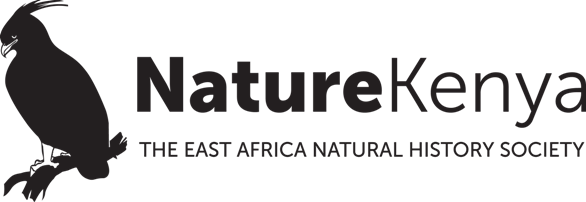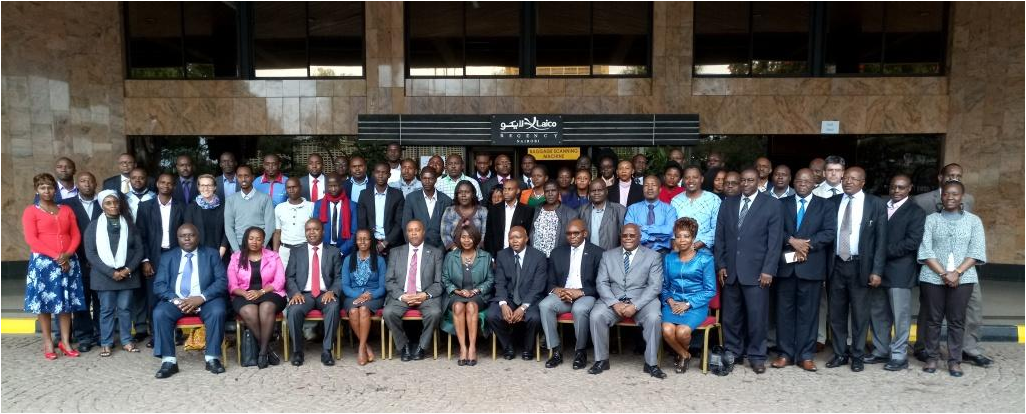The first issue of “The Journal of the East Africa and Uganda Natural History Society” was published in January 1910. It Contained papers on birds, butterflies, plants, fish, elephants, snakes and the Kariandusi deposits. For the next 105 years the Journal, under various titles and different layouts, continued to be published and distributed as a hard-copy journal containing an ever changing, eclectic mix of papers on the biodiversity of the eastern African region.
However, the times are changing, and the publishing world in particular has gone through a drastic reorganisation. Few of us still go to a library to browse through rows and rows of dusty books and journals to find information of interest. Instead, we google and download the papers we are looking for, all done and dusted within a couple of seconds. For a long time, we continued printing the Journal as an exchange resource to stock the joint library of the East Africa Natural History Society and the National Museums of Kenya. However, with many support systems in place to provide scientific information free of charge in those countries that are unable to afford subscriptions to content gatherers, and with Open Access publishing gaining in popularity, the need to exchange hard copy for hard copy has fallen away. Furthermore, the increasing costs associated with printing and postage of the Journal have become a serious burden for a small society such as ours.
Thus, like so many other journals, the management of the Journal of East African Natural History has decided to stop printing hard copies, and from now on to distribute the Journal as an electronic publication only. We will continue our partnership with BioOne, which hosts all issues produced since 1994.
The older issues are Open Access, whereas the more recent ones can only be accessed through subscription. The income that we generate in this way has been a lifeline in the continued production of the Journal. Our content can also be accessed through African Journals Online, and issues from 2016 onwards will be posted there as Open Access, meaning that anyone can download them free of charge. With this mixed model, we hope to continue generating income while we also offer our articles free of charge to institutions and the public that cannot afford a subscription to BioOne. A long printing tradition as the Journal has cannot just simply end without a flourish, and we have therefore decided to make our last printed issue a special one in dedication to the 80th birthday of a great scientist, namely Jonathan Kingdon.
On behalf of the East Africa Natural History Society, the National Museums of Kenya and the editorial committee of the Journal of East African Natural History, I sincerely hope that you will understand and support our decision, and that you will continue to enjoy reading about our amazing biodiversity.

